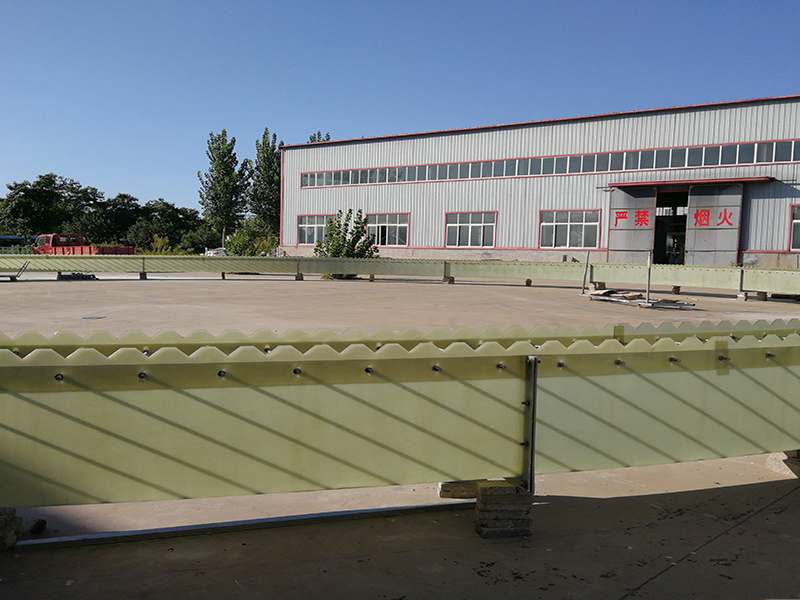
-
 Afrikaans
Afrikaans -
 Albanian
Albanian -
 Amharic
Amharic -
 Arabic
Arabic -
 Armenian
Armenian -
 Azerbaijani
Azerbaijani -
 Basque
Basque -
 Belarusian
Belarusian -
 Bengali
Bengali -
 Bosnian
Bosnian -
 Bulgarian
Bulgarian -
 Catalan
Catalan -
 Cebuano
Cebuano -
 China
China -
 China (Taiwan)
China (Taiwan) -
 Corsican
Corsican -
 Croatian
Croatian -
 Czech
Czech -
 Danish
Danish -
 Dutch
Dutch -
 English
English -
 Esperanto
Esperanto -
 Estonian
Estonian -
 Finnish
Finnish -
 French
French -
 Frisian
Frisian -
 Galician
Galician -
 Georgian
Georgian -
 German
German -
 Greek
Greek -
 Gujarati
Gujarati -
 Haitian Creole
Haitian Creole -
 hausa
hausa -
 hawaiian
hawaiian -
 Hebrew
Hebrew -
 Hindi
Hindi -
 Miao
Miao -
 Hungarian
Hungarian -
 Icelandic
Icelandic -
 igbo
igbo -
 Indonesian
Indonesian -
 irish
irish -
 Italian
Italian -
 Japanese
Japanese -
 Javanese
Javanese -
 Kannada
Kannada -
 kazakh
kazakh -
 Khmer
Khmer -
 Rwandese
Rwandese -
 Korean
Korean -
 Kurdish
Kurdish -
 Kyrgyz
Kyrgyz -
 Lao
Lao -
 Latin
Latin -
 Latvian
Latvian -
 Lithuanian
Lithuanian -
 Luxembourgish
Luxembourgish -
 Macedonian
Macedonian -
 Malgashi
Malgashi -
 Malay
Malay -
 Malayalam
Malayalam -
 Maltese
Maltese -
 Maori
Maori -
 Marathi
Marathi -
 Mongolian
Mongolian -
 Myanmar
Myanmar -
 Nepali
Nepali -
 Norwegian
Norwegian -
 Norwegian
Norwegian -
 Occitan
Occitan -
 Pashto
Pashto -
 Persian
Persian -
 Polish
Polish -
 Portuguese
Portuguese -
 Punjabi
Punjabi -
 Romanian
Romanian -
 Russian
Russian -
 Samoan
Samoan -
 Scottish Gaelic
Scottish Gaelic -
 Serbian
Serbian -
 Sesotho
Sesotho -
 Shona
Shona -
 Sindhi
Sindhi -
 Sinhala
Sinhala -
 Slovak
Slovak -
 Slovenian
Slovenian -
 Somali
Somali -
 Spanish
Spanish -
 Sundanese
Sundanese -
 Swahili
Swahili -
 Swedish
Swedish -
 Tagalog
Tagalog -
 Tajik
Tajik -
 Tamil
Tamil -
 Tatar
Tatar -
 Telugu
Telugu -
 Thai
Thai -
 Turkish
Turkish -
 Turkmen
Turkmen -
 Ukrainian
Ukrainian -
 Urdu
Urdu -
 Uighur
Uighur -
 Uzbek
Uzbek -
 Vietnamese
Vietnamese -
 Welsh
Welsh -
 Bantu
Bantu -
 Yiddish
Yiddish -
 Yoruba
Yoruba -
 Zulu
Zulu
Exploring the Benefits and Applications of FRP Composite Panels in Construction
The Rise of FRP Composite Panels A Sustainable Solution for Modern Applications
Fiber Reinforced Polymer (FRP) composite panels are gaining traction in various industries due to their exceptional properties and versatility. Comprising a polymer matrix reinforced with fibers, such as glass, carbon, or aramid, these panels offer lightweight solutions that showcase high strength, durability, and resistance to environmental degradation. As industries increasingly prioritize sustainability alongside performance, FRP composite panels stand out as a viable solution for both structural and aesthetic applications.
One of the most significant advantages of FRP composite panels is their impressive strength-to-weight ratio. Compared to conventional materials like steel or aluminum, FRP panels are much lighter while still providing comparable strength. This property not only simplifies transportation and installation but also reduces the overall load on structures, contributing to more efficient designs in construction and engineering projects.
The Rise of FRP Composite Panels A Sustainable Solution for Modern Applications
In industries such as construction, transportation, and marine applications, the ability to customize FRP composite panels to meet specific requirements further enhances their appeal. These panels can be manufactured in various shapes, sizes, and colors, providing architects and designers with significant creative freedom. This flexibility allows for innovative designs that not only meet functional needs but also contribute to the aesthetic value of buildings and products.
frp composite panels

Moreover, the sustainability aspect of FRP composite panels cannot be overlooked. As the demand for eco-friendly materials rises, manufacturers are increasingly considering recycling and reusing fiber materials in their products. This shift aligns with global efforts to reduce waste and mitigate environmental impacts. As a result, FRP composite panels can be part of a more sustainable production cycle, offering an attractive option for industries aiming to lower their carbon footprint.
In recent years, the aerospace, automotive, and construction sectors have been at the forefront of utilizing FRP composite technology. For instance, in aerospace, weight reduction is crucial for improving fuel efficiency. As such, many aircraft manufacturers are integrating FRP panels into their designs to achieve these objectives. Similarly, the automotive industry is leveraging these materials to create lighter vehicles that consume less energy, thereby enhancing overall efficiency.
In the construction industry, FRP composite panels are being used in facades, roofing, and even structural components due to their strength and weather resistance. These panels help meet higher performance standards while contributing to energy efficiency in buildings.
In conclusion, FRP composite panels embody the fusion of strength, versatility, and sustainability. As industries continue to evolve, the adoption of such advanced materials will play a crucial role in paving the way for more efficient and environmentally friendly solutions. The future of construction and manufacturing looks promising with FRP composite panels at the forefront of innovation.









